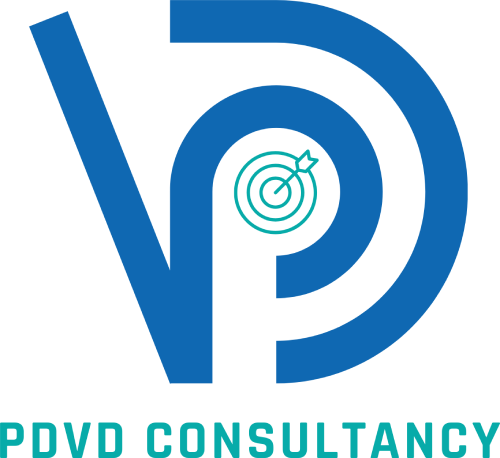Medicines, their quality, effectiveness, and the perfect amount of drugs within them are thanks to the regulations and dos and don’ts of the pharma industry. Sometimes, even after making sure the amount and type of drug is used correctly, the human body can reflect adverse reactions upon taking them. Here’s where Pharmacovigilance comes into the picture.
What is Pharmacovigilance?
Pharmacovigilance is a science that helps pharma professionals produce medications within regulation, with appropriate drugs and correct formulation; in addition to that, it also keeps an eye on how the drug affects patients who consume it. Upon noticing negative impacts, adverse reactions, the authorities can take corrective action, and the drug can be modified for improvement.
To emphasize the importance of pharmacovigilance, it takes a massive amount of precision and effort to ensure that each batch of the medications, including tablets, capsules, syrups, and any other types, is made uniformly, is within the regulations, and according to the decided formula. This is the era where the need for pharmacovigilance is at its highest.
Pharmacovigilance purpose
Pharmacovigilance, born of “pharmakon” (Greek for drug) and “vigilare” (Latin for to keep watch), translates to a ceaseless watchfulness over medicines. It is not simply a technical protocol—it is a discipline interlaced with ethical duty. By dissecting and understanding unwanted effects, it binds clinical practice to accountability, ensuring therapies bring more healing than harm.
Need for Pharmacovigilance
1. Guardian of Patient Safety
The grand aim is straightforward—protecting lives. Even exhaustive clinical trials cannot uncover every potential reaction. Only when medicines encounter real populations, across varied genetics and lifestyles, do hidden effects surface. Pharmacovigilance systems capture these murmurs—rare, delayed, or unexpected—so adjustments can be made, from altering instructions to withdrawing products altogether.
2. The Realm of Post-Marketing Surveillance
Trials are controlled. The real world is not. Once a medicine leaves laboratories, it enters diverse geographies, interacting with countless other substances and conditions. Post-marketing vigilance becomes the telescope, catching subtle dangers early and ensuring that the balance of benefit over risk is preserved.
3. Regulatory Armor
Global regulatory authorities such as the U.S. FDA, EMA (European Medicines Agency), and MHRA (UK) impose uncompromising standards. Breaches invite consequences—fines, recalls, even revoked approvals. Thus, pharmacovigilance doubles as both shield and compass, guiding firms through legal and ethical landscapes.
4. Reputation as Currency
Trust is fragile. A single mishandled incident can unravel years of progress and fracture credibility. Conversely, a transparent, proactive stance in safety monitoring signals responsibility. Companies that fortify pharmacovigilance cultivate reputations not merely as producers of drugs, but as custodians of well-being.
5. Refining Risk Management
The data harvested does not sit idle—it feeds into Risk Management Plans. PDVD consultants can help pharma entities ensure their products and facilities are within the regulations. With fresh intelligence, strategies sharpen: heightened monitoring, refined dosage guidelines, or restricted usage for vulnerable groups.
The Pillars of a Vigilant System
- Adverse Event Reporting: The first spark—reports from clinicians, patients, or internal staff—fuels the system.
- Signal Detection and Management: Patterns emerge through careful statistical and clinical probing, revealing new safety signals.
- Risk Evaluation: Signals are dissected for gravity, frequency, and the demographic they affect.
- Regulatory Reporting: Compliance demands structured updates to authorities, often dictated by global frameworks like ICH.
- Benefit-Risk Analysis: The eternal balance—do the positives still outweigh the negatives? This weighing informs every decision.
The Technological Revolution
In a world where data floods faster than it can be read, artificial intelligence and machine learning emerge as allies. Automation accelerates detection, reduces human error, and transforms safety monitoring into a proactive endeavor. Predictive analytics allow risks to be anticipated rather than merely reacted to.
Global Harmonization
Drug safety does not recognize borders. Organizations such as the WHO and collaborative frameworks like ICH guidelines or EudraVigilance in Europe drive standardization. Collective vigilance—among regulators, pharmaceutical firms, healthcare professionals, and even patients—creates a unified shield.
The Obstacles on the Path
Vigilance is not without hurdles. Underreporting remains rampant. Data arrives inconsistently, regulations differ by region, and the cost of comprehensive systems is steep. Overcoming these requires constant investment in both infrastructure and human expertise. Amid that, doctors, pharma professionals are to report if any adverse effect is noticed, especially after launching a new medicine. Patients are also encouraged to report abnormalities noticed after taking specific meds. Oftentimes, drugs need to be removed from the market entirely if modifications are less likely to help.
Pharmacovigilance is not simply about files, records, or compliance boxes—it is about honoring the covenant between science and society. Every single case report, every safety adjustment, and every preventive measure represents a step toward reinforcing the trust placed in medicine.

